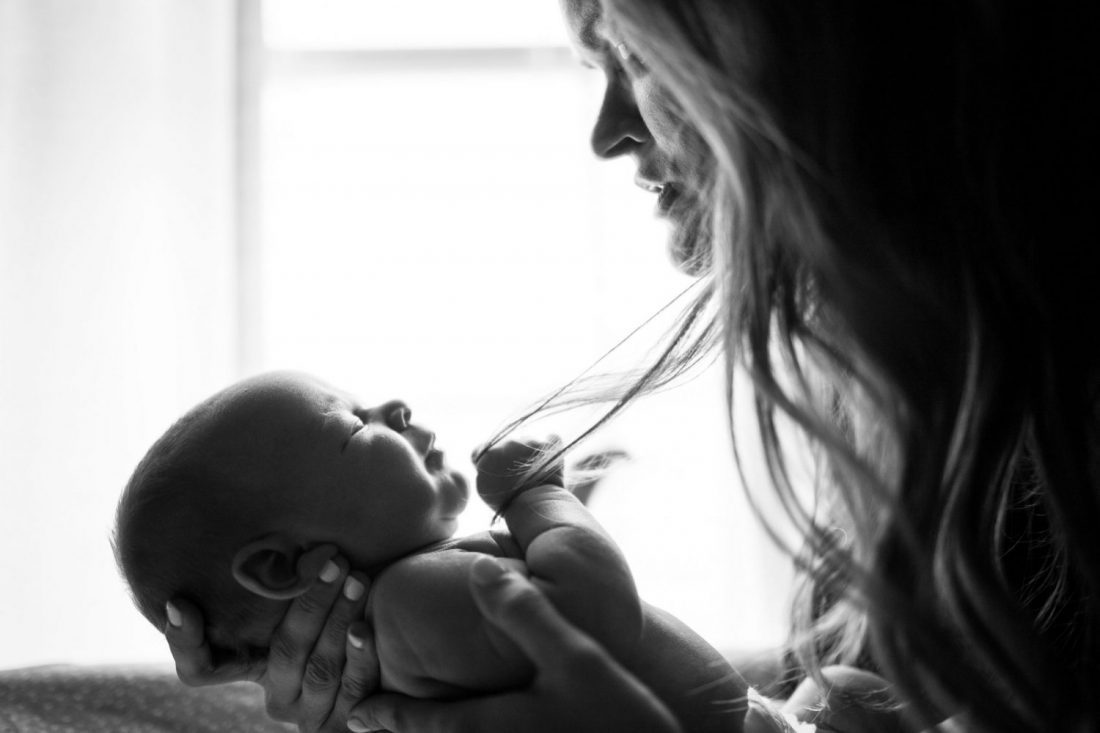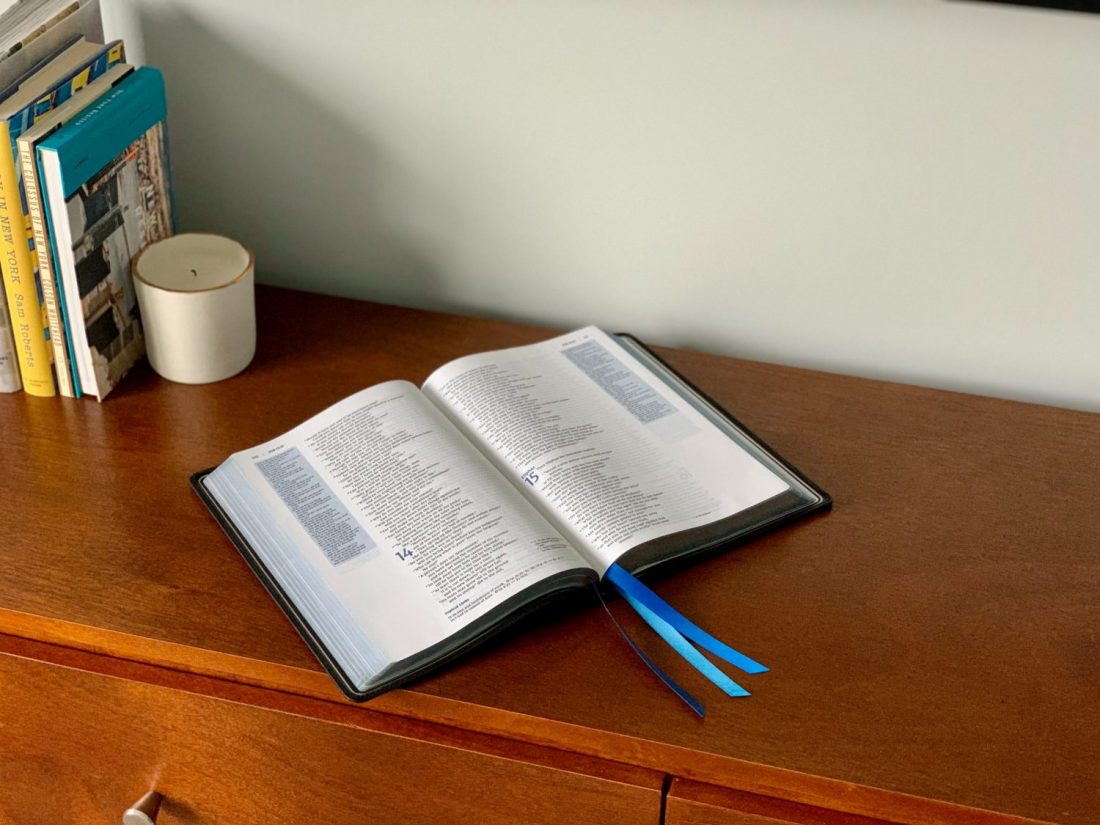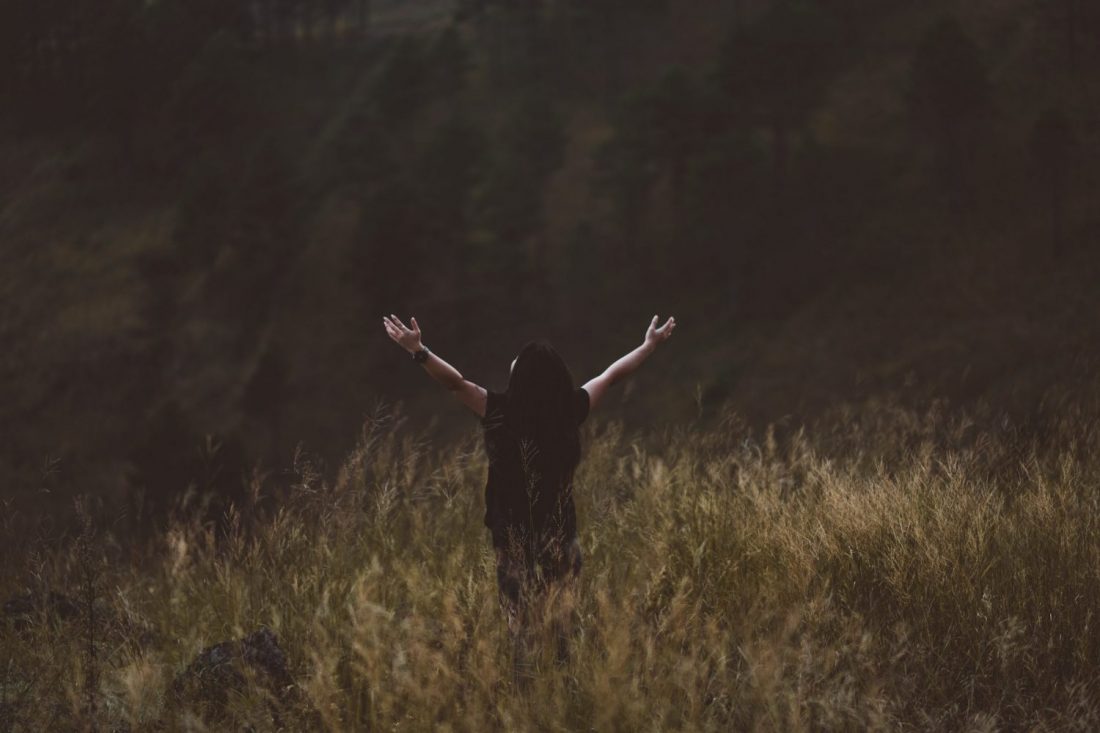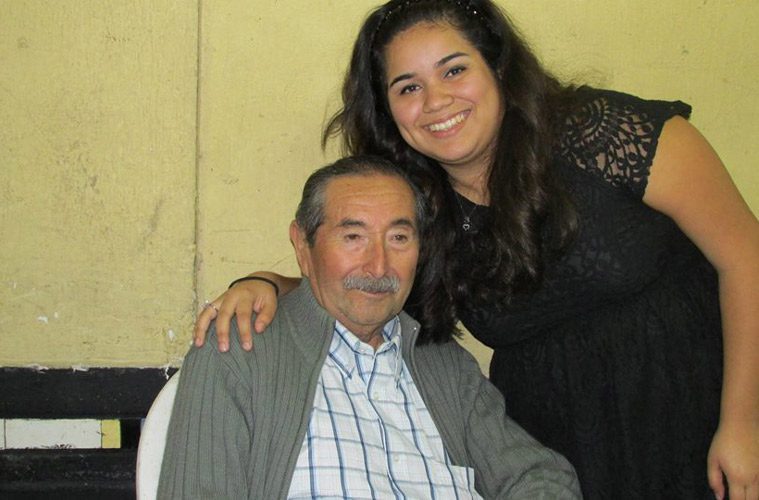Six weeks after giving birth to my second child, Petra, both of my girls lie face-up on the living room rug, gazing at me. The baby weighed eight pounds. The two-year-old, Fiona, weighed 16—almost half the size of typical kids her age. Already you could tell that the baby was destined for a different trajectory. At just a few weeks old, Petra had legs springy with muscle, ready for reflex. Fiona kept her legs stiff.
Already, the baby’s body filled a floral onesie that had been loose around Fiona for months. Elastic-band pants that had always left an inch-wide gap at Fiona’s waist now pulled tight across the baby’s rump. If I lay Petra on her belly instead of her back, she could already lift her head off the floor an inch, something that had taken her sister four solid months.
Already—this was the word for the baby. Already rolling to her side, already eight pounds big, and I could tell in her dewy chub and taut, elastic muscles, that she was all ready for a life of quick development. For sitting and crawling and walking, all without hours of therapy. The maps of baby milestones were embedded in her very DNA.
The body of my first daughter, Fiona, had always told a different story. This was due to a rare chromosomal condition, Wolf-Hirschhorn Syndrome, which caused not just exceptional smallness but developmental disabilities. Two years ago, when she was first born, I’d been afraid to hear her story. Now, I heard it as no less beautiful than her sister’s.
When Fiona was born, the room went into a panic because of her small size. With Petra two years later, the room afterward was quiet and calm. The windows were dark from the night, and nobody rushed to blast bright light onto her body and inspect her, as they did with Fiona. Nobody rushed to cut her cord. Nobody whisked her away from my view before I could even touch her, as they did with Fiona. Nobody examined her with worried question marks in their brows, and nobody asked me if I did any drugs while pregnant. Nobody accused me of containing “bad soil,” and nobody accused Petra, as they did with Fiona, of stemming from a “bad seed.”
Instead, the midwife was congratulatory. The pediatrician called her beautiful. The nurses let us sleep uninterrupted—no frantic wakings every two hours to try to get her onto the growth chart—and they bid us farewell the next day.
So this is what it’s like, I thought, to have a baby the medical world sees as “right,” as “normal.” It is infinitely better to welcome a life into a world that also welcomes, unequivocally, that life.
Over the years, I’d learned that the problem isn’t my first daughter, Fiona. To paraphrase disability scholar Lennard J Davis, the problem is how professionals treat my daughter, Fiona, to create the “problem” of her differences. Every child deserves a warm welcome into this world.
Normal is not just a range on the bell curve. It’s also a community, a collective. To be normal is to partake in a certain kind of belonging with others. This was one factor that had made parenting Fiona unexpectedly hard in those first two years—the isolation of difference. We could not often relate to other parents and their children. They could not often relate to us. About their 2-year-olds, they bemoaned the task of baby-proofing—plugging up outlets and putting locks on bleach cabinets. About our 2-year-old, we hoped she’d maintain interest in eating orally so she’d never need a tube in her gut.
They: She will not stop calling me—Momma, momma, momma! We: I hope someday she can say Momma, momma, momma. Their complaints were our longings. Even our moments of parenting comedy were in different realms. They: My kid found the tampons, removed every one from the box, and dropped them in our shoes! We: My kid totally seemed drunk after the technician sedated her for her last echocardiogram! We longed to someday see our child possess the fine and gross motor skills for tampon hilarity.
The loneliness of so-called “special needs parents” is a statistical fact, and I think it’s partly due to this invisible but palpable line that separates us from other families. With Petra, I didn’t have to prepare myself for anything other than cheer. Her body made sense to strangers. It fit inside their expectations. “Oh, she looks new!” a woman would practically sing in an elevator or at the grocery store or in church, and I’d smile, because the story in the woman’s head conformed to the reality. “How old?” the woman would ask, and I’d smile again, because nothing about this encounter was going to get weird. “Three weeks,” I’d say.
But we should sing for all our babies.
When strangers asked me about Fiona, “How old?” my response made them gasp, or go silent, or look worriedly back at my girl.
When I looked down at both my daughters, lying on their backs and gazing up at me, I noticed that my right foot was near Fiona, and my left was near Petra. This stance mirrored how I felt: like I straddled two countries. I had one foot in the land of “normal,” one in the land of unusual, unique, of rare. This offered me surprising stability. I was grateful to my girls for letting me hold dual citizenship. I could let both kids be themselves.
I was tired from around-the-clock nursing and disability parenting. I got down on the floor with them. Back flat, I let the weight of myself sink toward the ground. I heard my lower vertebrae and hip bones pop with relief. Let go of the day, my old yoga teacher used to say when she instructed her students to lie supine. Now let go of the week, she’d say. The month. The year.
On this day, with my kids on either side of me, I was happy to release three whole years—the length of time I’d been either pregnant with or caring for small humans. My body was tired, and it was gushy. It had little “core support” and it ached something fierce. So, Let go of the last three years, I heard myself think, When you carried inside your body the bodies of two different girls.
Up drifted the smoky images of night-feedings and nipple shields, an oxygen mask and an ambulance ride, a heart sculpture in a cardiology wing, a swaddled baby and a father bouncing her to reggae. My shoulder blades dropped a millimeter. My muscles released micro-distances from the bones. I let the earth, the wild and unreliable and beautiful earth, hold me.
And then I thought, why not release the future too?—that uncertain destination, where the bodies of two girls would continue to tell their own unique stories.
Excerpted from “Raising a Rare Girl: A memoir” (Penguin Press, 2020) by Heather Lanier. Listen to a preview of the audio book here:
Do Good:
- Read “Raising a Rare Girl: A memoir” (Penguin Press, 2020) by Heather Lanier.
- See how you can get involved in the Fight for Good with The Salvation Army.
- Did you know The Salvation Army served more than 23 million Americans last year fighting hunger, homelessness, substance abuse and more—all in a fight for good? Where can you help? Take our quiz to find your cause and learn how you can join in today.

















